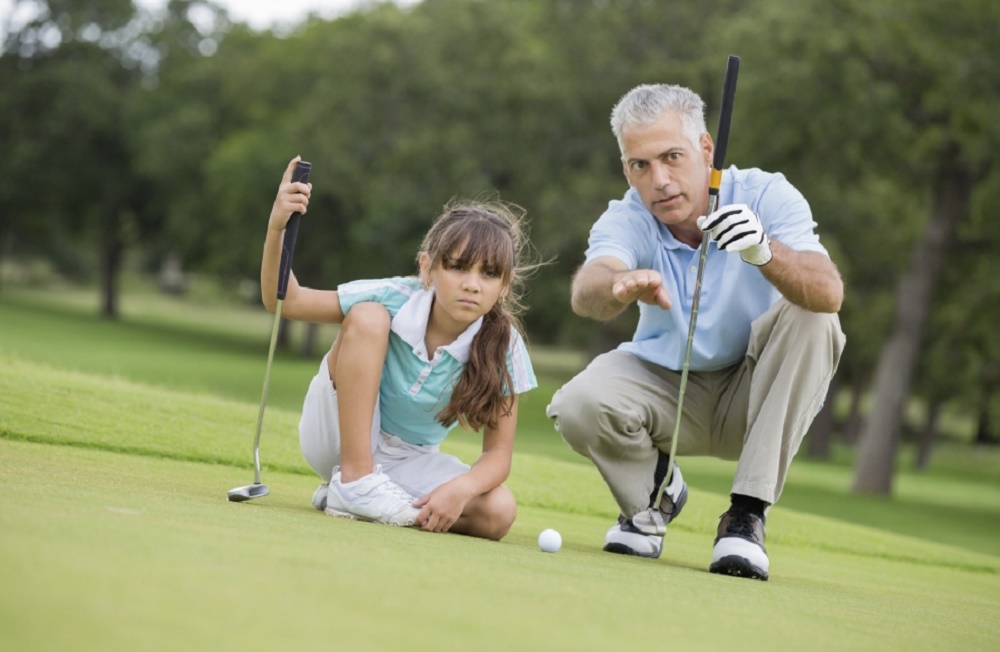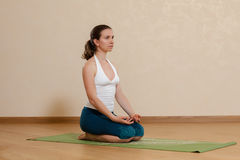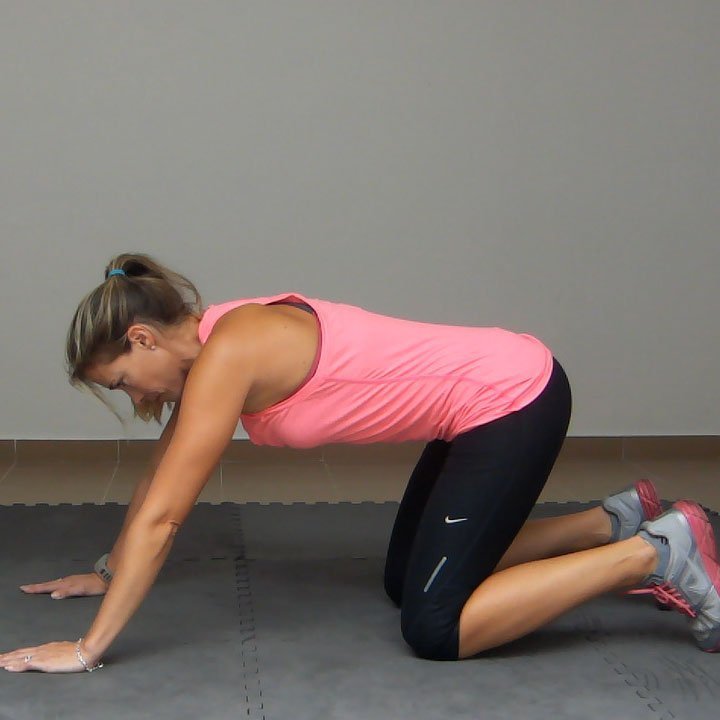Did you know that if you have problems kneeling, the cause could potentially be in your hip?
TRUTH:
The knee is often the victim in most cases. If you don’t look above and below the knee, the source of the problem could easily be missed. Whether you can’t kneel to see the line for a putt or play on the floor with your child or even your dog or cat, looking elsewhere for the source of the problem is key!
As you can see from the above photo as well as the cover photo for this post, kneeling requires the synergistic action from both your hips and feet and the rest of the kinetic chain.
A thirty-five-year-old female was referred to me with complaints of left knee pain “behind my knee,” as she put it, or in the crevasse that is between the back of the thigh and the calf. In my language, we call it the popliteal fossa.
She felt it most with a deep knee bend while playing with her child on the floor. In this position your thigh muscles, or quadriceps are on stretch and your hips are in almost a fully flexed position.
One of the things I honed from my time on Wall Street was how to problem solve. So I looked at how she sat on the floor to play with her daughter. She sat and knelt with her RIGHT hip forward , not her left. She also had left knee pain during this posture.
Exercise: You can try it—sit on the floor with both knees fully bent and your weight on your butt. Play with the rotation of your hips and see how it affects other parts of your body.
We always have default or comfortable positions we sit in; it’s called our path of least resistance! This caused her to put more weight onto her left thigh, which was already at its end range.
We need to open ourselves up to the possibility that there are other sources to our pain.
TREATMENT:
Treatment consisted of soft tissue releases to the muscles of the front of her hip (psoas and rectus femoris) and joint mobilizations with a belt to increase hip flexion.
I also gave her a quad stretch off the table as well as an exercise on all fours designed to self-mobilize the right hip (see below).
On all fours with her right hip in external rotation (think turned out), she rocked back about 75%. This helped seat her hip in its most optimal position.
RESULT:
She was able to sit on the floor and play with her daughter, painfree.
Like what you’ve read? Click the button below to discover more.




